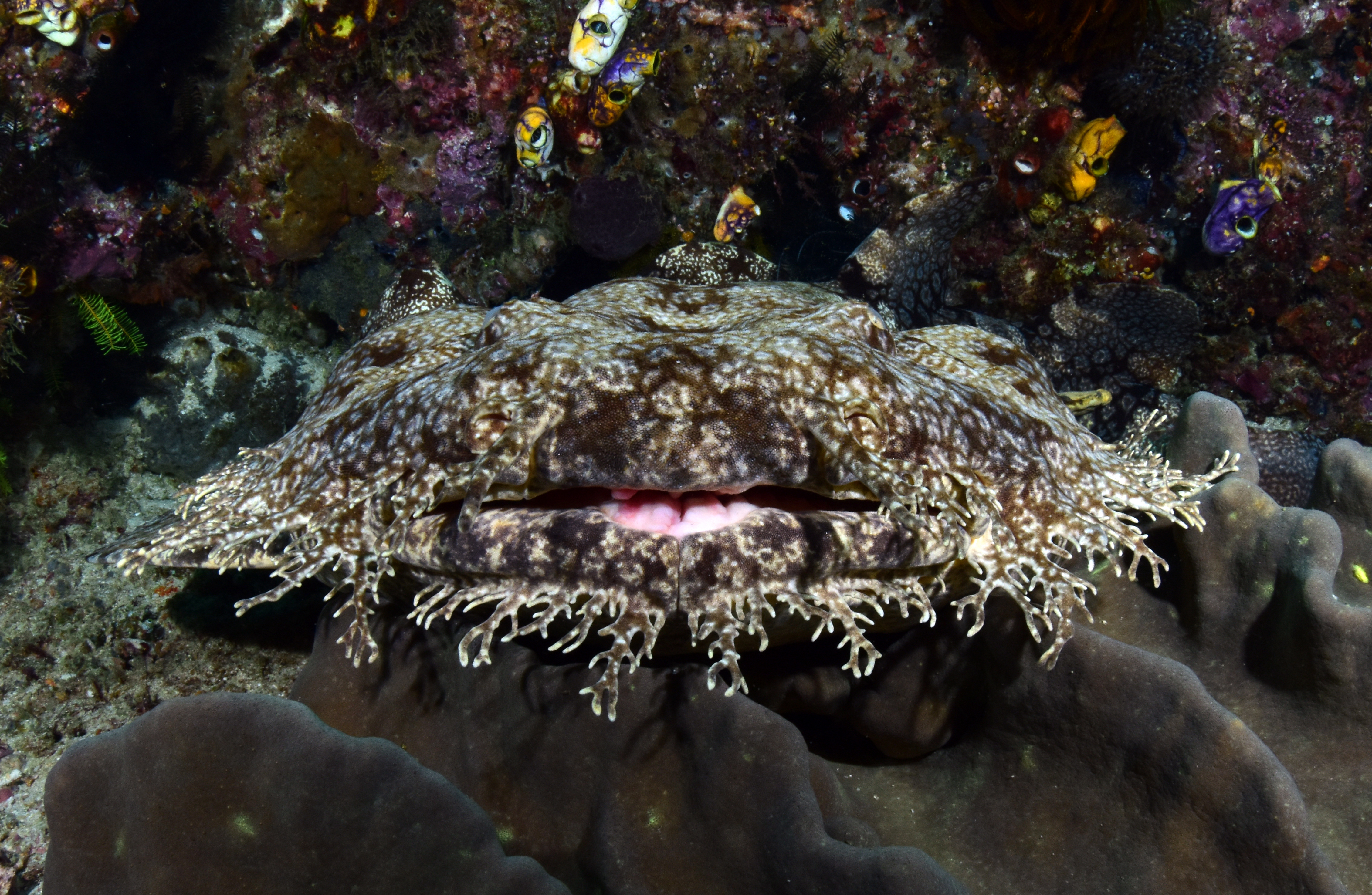What Makes These 7 Shark Species Stand Out Among the Rest?
Posted on Categories Discover Magazine

The word “shark” often brings up the image of a fearsome great white with rows of menacingly sharp teeth, perhaps accompanied by the iconic Jaws theme. But sharks are much more than their Hollywood portrayal.
There are over 500 documented species of these marine predators, each showcasing unique traits, adaptations and behaviors.
Let’s dive into the incredible world of sharks and meet some standout species.
1. Demon Catsharks: Enigmatic Additions
The most recent addition to the shark family tree is Apristurus ovicorrugatus — a species within a larger group known as demon catsharks.
The discovery of A. ovicorrugatus didn’t happen deep in the ocean, but rather deep in a natural history museum. An observant researcher noticed deep ridges on the egg cases of a preserved specimen that didn’t match up with others of the same species.
A closer look revealed that this was in fact a completely different species. Now, scientists suggest that A. ovicorrugatus is likely just one of many yet-to-be-identified demon catsharks lurking in the world’s oceans.
Like other demon catsharks, A. ovicorrugatus dwells deep in the ocean. However, in matching the egg case of the newly identified species to the same egg cases found in the wild, researchers think this new addition to the demon catshark family resides at slightly shallower depths than its kin.
Read More: The Demon Shark: A New Shark Discovered Deep Off the Australian Coast
2. Whale Sharks: Gentle Marine Giants
Underwater wide angle shot of a Whale Shark swimming in open blue ocean (Credit: Aaronejbull87/Shutterstock)
Whale sharks are the largest sharks — and the largest fish — in the world. With an average length of 40 feet and weighing in at 11 tons, these behemoths are truly awe-inspiring.
Despite their massive size, whale sharks are filter feeders, boasting the ability to open their mouths up to five feet wide. Yet their diet primarily consists of tiny plankton. Their docile nature and non-threatening diet have earned them the nickname “gentle giants.”
3. Dwarf Lantern Sharks: Little Luminaries
In stark contrast to their whale shark relatives, dwarf lantern sharks are tiny enough to fit into your hand, securing their title as the world’s smallest shark. Despite their diminutive 8-inch size, these deep-sea marvels boast an incredible feature — bioluminescence.
Thanks to specialized light-emitting organs known as “photophores” on their bellies and fins, dwarf lantern sharks are a light in the otherwise dark ocean depths.
While the purpose of this glow remains somewhat of a mystery, scientists think the glow may serve as a deceptive beacon, luring unsuspecting prey into the waiting jaws of these tiny predators.
Read More: Creatures From Below: How These 4 Deep Sea Sharks Lurk in the Ocean
4. Shortfin Mako Sharks: Fast and Furious
Short fin mako shark swimming just under the surface in South Africa (Credit: wildestanimal/Shutterstock)
The shortfin mako shark, capable of reaching top speeds up to 45 mph, holds the record of world’s fastest shark. One secret behind their incredible speed is small scale-like protrusions called “dermal denticles” that reduce drag in the water.
This apex predator uses its agility in the water to feed on bluefish, swordfish, tuna and even other sharks. Despite their speed, they haven’t been able to evade intense fishing pressure, which has led to their current endangered status.
Read More: Almost 20 Million Years Ago, Sharks Nearly Went Extinct
5. Epaulette Sharks: Fish Out of Water
Upturning what we think we know about sharks, epaulette sharks probably spend more time “walking” than they do swimming. This extraordinary ability lies in their specially adapted, paddle-like fins, which help their long, slender bodies navigate the intricate architecture of the Great Barrier Reef.
As if the ability to walk wasn’t enough, epaulette sharks can also survive out of water for extended periods, allowing them to traverse stretches of dry land or rock for a location where conditions are better.
Read More: How Sharks Survive Natural Disasters
6. Tasseled Wobbegongs: Oceanic Showstoppers
Tasselled wobbegong shark (Credit: DiveIvanov/Shutterstock)
Don’t let the tasseled wobbegong’s appearance fool you — these sharks are as cunning as they are extravagant.
Named after the branching, tassel-like skin flaps that adorn their flat bodies, these 4-feet-long sharks blend seamlessly into their coral reef surroundings.
Tasseled wobbegongs take advantage of their camouflage to catch unsuspecting lobsters, fish and octopuses as they pass by. One record even reports that a single tasseled wobbegong ate another shark nearly its size, but no need to worry, there’s no evidence that humans are on the menu.
Read More: Why Do Sharks Attack Humans?
7. Sawshark: Long-Nosed Warriors
Sawsharks are not a single species, but a group of sharks distinguished by their chainsaw-esque noses.
These elongated snouts, adorned with teeth, aren’t just for aesthetics. They’re formidable weapons that assist the wielder in hunting fish and unearthing hidden seafloor-dwelling critters.
This snout is not only impressively long, but it’s also equipped with special sensory cells that can detect the electric fields emitted by fish – a feature that enhances the shark’s ability to locate prey concealed beneath the ocean floor.
Read More: The Evolution of Sharks: What Were Ancient Sharks Like?